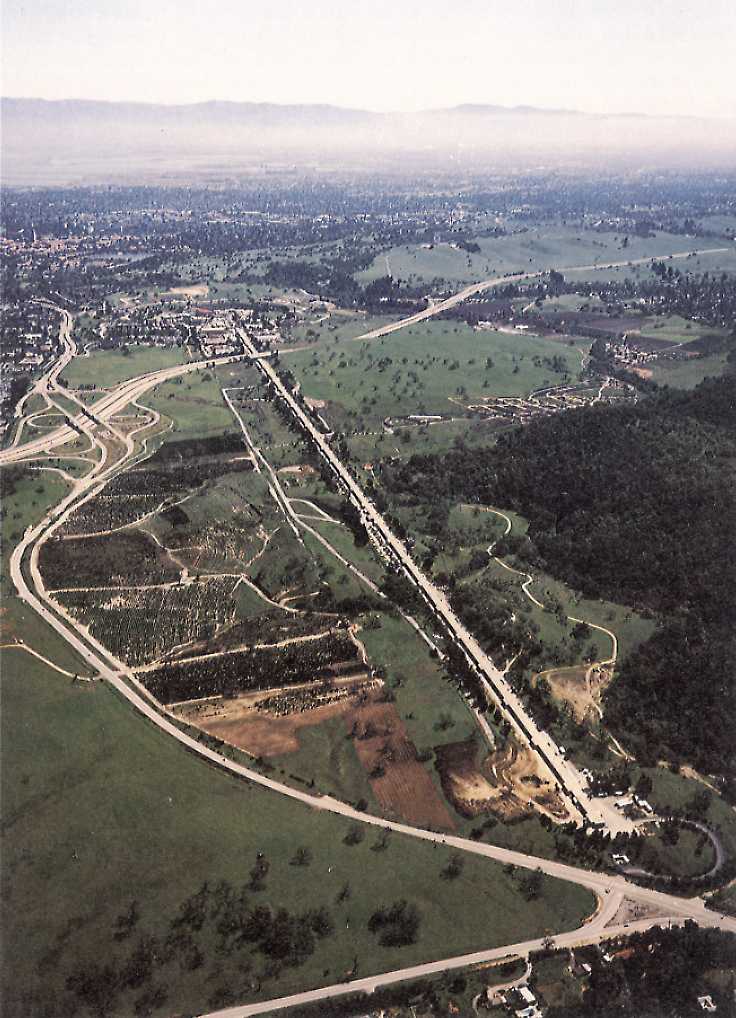
The drift tubes inside a real linear accelerator look like this.
A typical linear accelerator is a made up of a series of so-called drift-tubes each of which has an alternating voltage applied to it . Inside the drift-tubes particles feel no force, so they just drift, but as soon as they enter the space between the drift-tubes, they are accelerated. The voltage applied to the drift-tubes is varied to ensure that the particles are always accelerated in the right direction.
Try accelerating a particle yourself with this game. Think of each battery as a drift tube, your job is to flip the polarities so that the particle is always accelerated in the right direction.

The drift tubes inside a real linear accelerator look like this.
The world's most powerful linac is in California, at the Stanford Linear Accelerator Center, SLAC. It is over three kilometres long and has been turned into a particle collider. Two bunches of particles are accelerated and then curved around to collide head on with each other. CERN's biggest accelerator, the 27-kilometre Large Electron-Positron collider, LEP, does the same thing, but using a circular accelerator instead of a linac.

The three kilometre long linac at the Stanford Linear Accelerator Center in California is the world's biggest.
Colliders are a more efficient way of exploiting the energy that has been pumped into the beams. In a circular collider the bunches of particles travelling in opposite directions are brought into collision at one or more points around the ring. At the collision points, two individual particles can collide head-on making use of all the energy of the initial particles. When a single beam strikes a target, a lot of its energy is dissipated in the target and is wasted as far as physics research is concerned.
An advantage of circular accelerators is that since collisions between individual particles in opposing bunches are relatively rare, bunches can be kept circulating for hours. The drawback, however, is that the particles they accelerate lose energy by emitting electromagnetic radiation as they are forced around the ring. This means that energy constantly has to be pumped in.